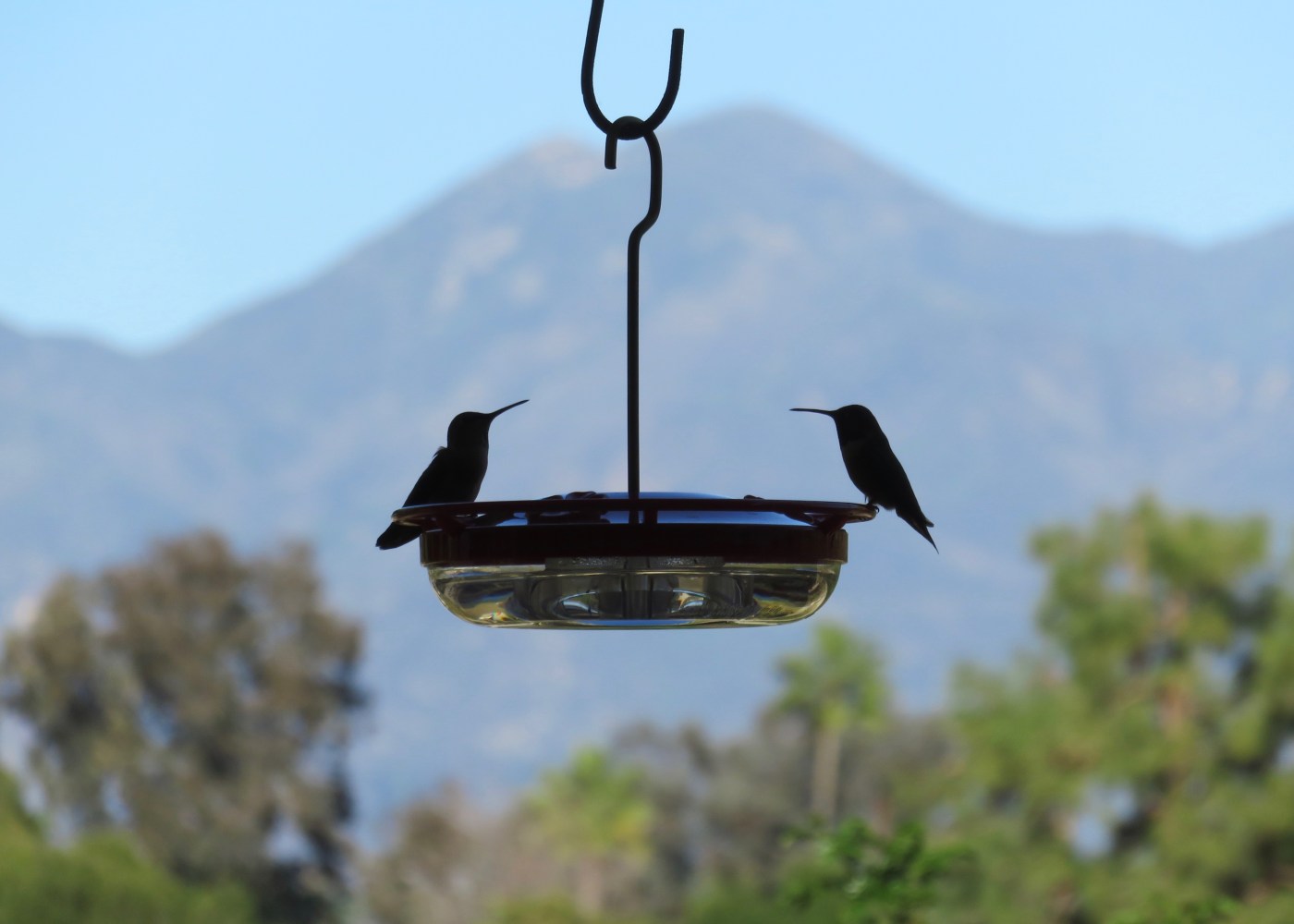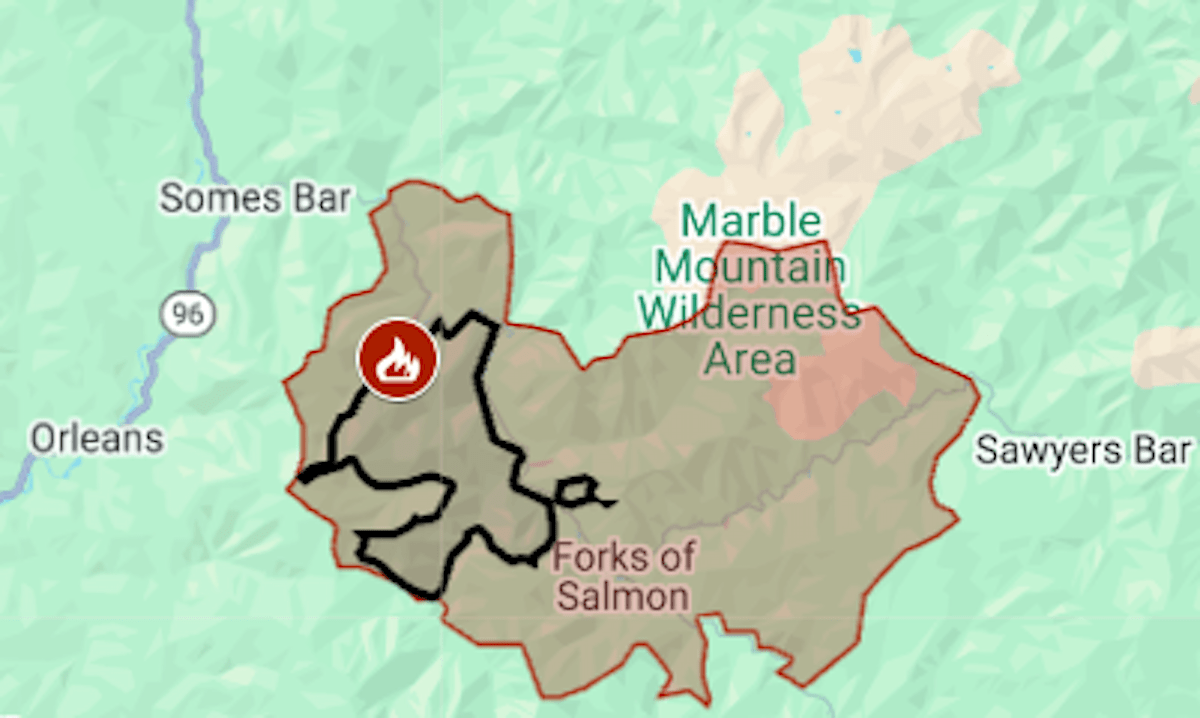Concern for climate change is ingrained within Bay Area culture. San Francisco has the highest percentage of residents who believe in climate change in the country, with Alameda County a close second. Like many other Bay Area residents, I have attended protests, called my representatives and diligently reduced, reused, and recycled for as long as I can remember — all to reduce my impact on the planet and its people. It’s not working.
Already, the Trump administration has withdrawn from the Paris Climate Agreement, fired thousands of federal workers from the Environmental Protection Agency, National Oceanic and Atmospheric Administration and National Park Service, and launched investigations into state programs to encourage clean transportation.
This administration’s disregard for climate research, action and education is not just harming the environment — it’s no doubt exacerbating Bay Area residents’ mounting climate anxiety. Climate anxiety — emotional distress linked to the climate crisis — is already widespread. In a Yale survey, Bay Area residents showed the highest rates of climate anxiety in the country. In the largest global study on climate anxiety, many participants’ anxiety was linked to perceived inadequate government response. Sound familiar?
According to the American Psychological Association, climate anxiety can lead to feelings of helplessness and depression. Despite our concern about climate change, climate-anxious Americans might find it difficult to engage in climate action, especially when our individual agency feels limited.
As our federal government targets climate policy, action is more important than ever. But, for those of us experiencing climate anxiety, exciting climate action feels both necessary and impossible. Luckily, research points to community science initiatives as a solution.
As defined by San Francisco’s California Academy of Sciences, community science is a global movement where scientists and nonscientists alike make observations, collect data, and help answer some of our planet’s most pressing questions. Community science can be anything from the City Nature Challenge, a four-day competition where residents are encouraged to catalogue as many iNaturalist observations as possible, to the Cornell Lab of Ornithology’s Project FeederWatch, a program where participants monitor bird feeder activity. Data collected from the City Nature Challenge (coming up April 25-28) and Project FeederWatch have informed several scientific research papers, empowering everyday people to make valuable contributions to science.
Aside from research, these projects are full of benefits for participants. Studies have found that participating in community science initiatives are linked to improved health and wellbeing, increased scientific literacy, increased feelings of environmental responsibility, and increased pro-environmental attitudes.
Related Articles
Why did four whales wash up in San Francisco Bay in a week and a half?
Surfers chased out of water by sea lion, the latest in a string of aggressive behavior at California beaches
How labor killed a bill to let California wildfire victims sue Big Oil for climate change
Commercial salmon season is shut down — again. Will California’s iconic fish ever recover?
Trump administration takes aim at California’s cap and trade program
Collective community science projects, like the City Nature Challenge, might be particularly powerful in counteracting climate anxiety and inaction. Researchers from Yale and Suffolk University found that people who participated in collective climate action, like rallies or community gatherings, felt more hopeful about climate change. Collective climate action even minimized symptoms of major depressive disorder that were linked to climate anxiety.
Community science isn’t going to solve the climate crisis. But getting involved in a community science initiatives provides Bay Area residents a rare opportunity to directly contribute to climate science while staying engaged and excited about climate action.
In the Bay Area, community science is already at our fingertips. Check out the numerous projects run by California Academy of Sciences (try tidepooling for endangered sea stars or challenge yourself to find 30 native species in San Francisco), or brave the trails of Mount Tam and survey insects with the Tamalpais Bee Lab. Volunteer to catalogue trail camera footage from home with the Marin Wildlife Watch or send cloud observations to NASA satellites with the NASA GLOBE program.
So, next time you’re overwhelmed by the latest climate headline, get outside, do some science and help secure a liveable future for us all.
Brooke Kasl-Godley, who grew up in Castro Valley, is a junior at Scripps College, studying environmental science and psychology.





